Which Neutral Density Filter To Buy ?
When choosing a neutral density filter, it is important to consider factors such as the desired level of light reduction, filter size compatibility with your lens, and the quality of the filter. Popular options include brands like B+W, Hoya, and Lee Filters, which offer a range of neutral density filters with different light reduction levels. It is recommended to choose a filter that matches the filter thread size of your lens or invest in a filter holder system that allows for flexibility with different lenses. Additionally, considering the quality of the filter is crucial to avoid any potential image degradation or color cast. Reading reviews and seeking recommendations from experienced photographers can help in making an informed decision.
1、 Types of Neutral Density Filters: Explained and Compared
When it comes to choosing a neutral density (ND) filter, there are several factors to consider. ND filters are essential tools for photographers and videographers as they help control the amount of light entering the camera without affecting the color balance. This allows for creative effects such as long exposures, shallow depth of field in bright conditions, and smooth motion blur in videos.
There are different types of ND filters available, including screw-on filters, square filters, and variable ND filters. Screw-on filters are the most common and convenient option as they can be easily attached to the front of the lens. Square filters, on the other hand, require a filter holder system but offer more flexibility in terms of stacking multiple filters and adjusting the position of the filter. Variable ND filters are adjustable and provide a range of densities in a single filter, making them versatile for different lighting conditions.
The choice of which ND filter to buy depends on your specific needs and budget. If you are just starting out, a screw-on ND filter with a fixed density, such as a 3-stop or 6-stop filter, would be a good option. These filters are relatively affordable and provide a good balance between light reduction and image quality.
However, if you require more flexibility and control, investing in a square filter system may be a better choice. This allows you to stack multiple filters of different densities and adjust their positions to achieve the desired effect. Square filters also offer the advantage of being compatible with different lenses through the use of adapter rings.
Variable ND filters are popular among videographers due to their adjustable density range. They provide convenience and versatility, allowing you to quickly adapt to changing lighting conditions without the need to swap filters. However, it's important to note that variable ND filters can sometimes introduce color casts or image quality issues, so it's crucial to invest in a high-quality filter from a reputable brand.
In conclusion, the choice of which neutral density filter to buy depends on your specific requirements, budget, and shooting style. Consider factors such as convenience, flexibility, and image quality when making your decision. It's always recommended to do thorough research, read reviews, and seek advice from experienced photographers or videographers before making a purchase.
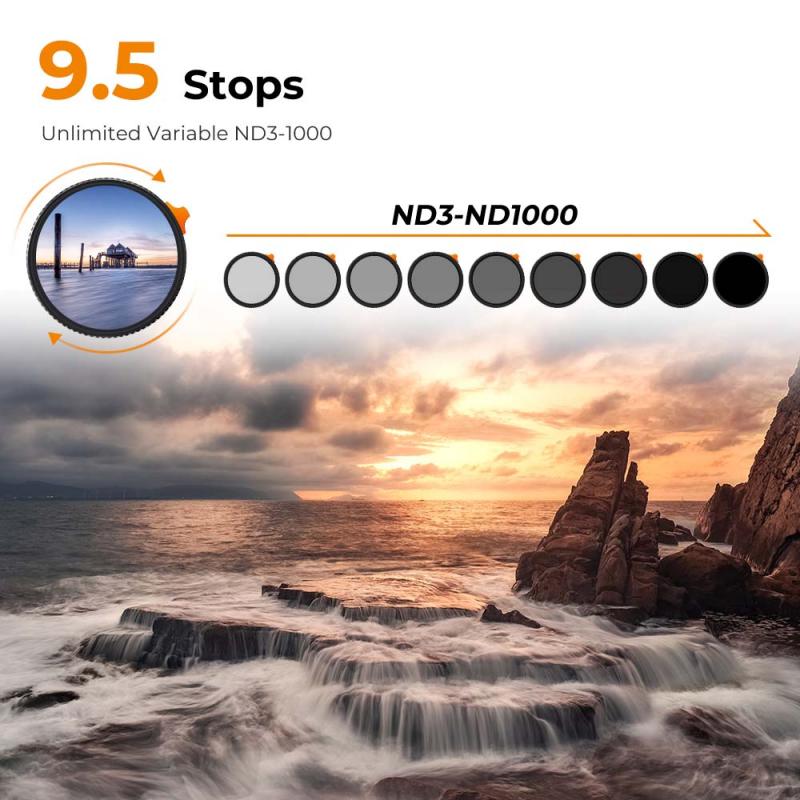
2、 Factors to Consider When Choosing a Neutral Density Filter
Factors to Consider When Choosing a Neutral Density Filter
1. Filter Strength: The first factor to consider when choosing a neutral density (ND) filter is the filter strength. ND filters come in various densities, ranging from 1-stop to 10-stop or even higher. The filter strength determines the amount of light that is blocked, allowing you to control the exposure and create long exposure effects. Consider the type of photography you do and the desired effect to determine the appropriate filter strength.
2. Filter Size: Another important factor is the filter size. ND filters are available in different sizes to fit different lens diameters. Ensure that the filter you choose matches the size of your lens or invest in a filter holder system that allows you to use filters of different sizes.
3. Filter Material: ND filters can be made from glass or resin. Glass filters are generally considered to provide better image quality, but they are more expensive and prone to breakage. Resin filters are more affordable and durable but may introduce some color cast.
4. Price: Consider your budget when choosing a neutral density filter. Prices can vary significantly depending on the brand, quality, and filter strength. It's important to strike a balance between your budget and the desired quality.
5. Compatibility: Ensure that the ND filter you choose is compatible with your camera system. Some filters may have specific mounting systems or may not be suitable for certain lenses.
6. Reviews and Recommendations: Before making a purchase, read reviews and seek recommendations from other photographers. This can provide valuable insights into the performance and quality of different ND filters.
7. Latest Point of View: With advancements in technology, some ND filters now come with additional features such as anti-reflective coatings, water and oil repellent coatings, and nano coatings. These features can enhance the durability and performance of the filter, so it's worth considering them when making a decision.
In conclusion, when choosing a neutral density filter, consider factors such as filter strength, size, material, price, compatibility, and reviews. Additionally, keep an eye out for the latest advancements in filter technology to ensure you make an informed decision.
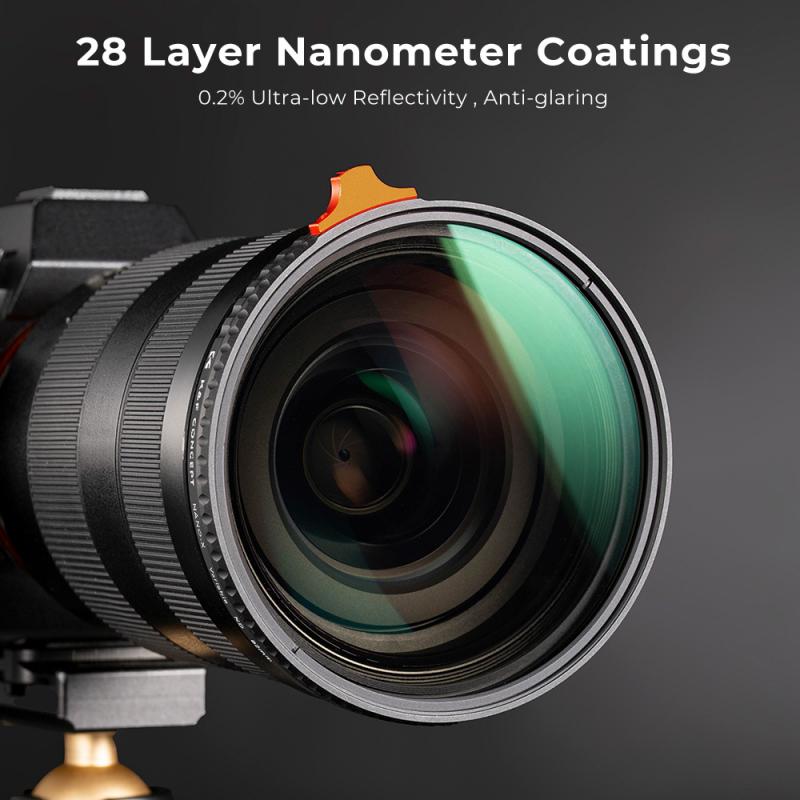
3、 Top Neutral Density Filters for Photography in [current year]
Top Neutral Density Filters for Photography in 2022
When it comes to capturing stunning long-exposure shots or achieving a shallow depth of field in bright lighting conditions, a neutral density (ND) filter is an essential tool for photographers. With a wide range of options available, it can be challenging to determine which ND filter to buy. Here are some top choices for 2022:
1. Lee Filters ProGlass IRND: Known for its exceptional image quality, the Lee Filters ProGlass IRND offers excellent color accuracy and minimal color cast. It is available in various densities, allowing photographers to choose the level of light reduction they need.
2. B+W XS-Pro Digital ND Vario MRC Nano: This variable ND filter provides flexibility by allowing you to adjust the light reduction from 1 to 5 stops. It features a multi-resistant coating that repels water, dust, and scratches, ensuring optimal image quality.
3. Hoya ProND: The Hoya ProND series offers a range of densities, including 1-stop, 2-stop, and 3-stop filters. These filters are known for their high-quality glass and excellent light reduction capabilities, making them a popular choice among photographers.
4. Breakthrough Photography X4 ND: This filter is renowned for its color accuracy and sharpness. It features a weather-sealed brass frame, which makes it durable and resistant to corrosion. The X4 ND is available in various densities, including 3-stop, 6-stop, and 10-stop options.
5. Tiffen Variable ND Filter: This filter allows you to adjust the light reduction from 2 to 8 stops, providing versatility in different shooting conditions. It is known for its affordability and ease of use, making it a popular choice for photographers on a budget.
Ultimately, the best ND filter for you will depend on your specific needs and budget. Consider factors such as image quality, light reduction capabilities, and durability when making your decision. Additionally, it is always recommended to read reviews and seek advice from experienced photographers to ensure you make an informed choice.
![Top Neutral Density Filters for Photography in [current year]](https://img.kentfaith.de/cache/catalog/products/de/KF01.2012/KF01.2012-5-800x800.jpg)
4、 Understanding Filter Density Levels for Different Lighting Conditions
Understanding Filter Density Levels for Different Lighting Conditions
When it comes to choosing a neutral density (ND) filter, it is important to consider the filter density level that suits your specific lighting conditions. ND filters are designed to reduce the amount of light entering the camera lens without affecting the color balance, allowing for greater control over exposure settings. The density level of an ND filter is measured in stops, indicating the amount of light it blocks.
The choice of filter density level depends on the lighting conditions you are shooting in. For bright, sunny conditions, a higher density filter such as ND8 or ND16 would be suitable. These filters block more light, allowing you to use wider apertures or slower shutter speeds to achieve the desired exposure. They are particularly useful for landscape photography, where you may want to capture long exposures of flowing water or create motion blur in clouds.
In contrast, for low-light conditions or when shooting in dimly lit environments, a lower density filter like ND2 or ND4 would be more appropriate. These filters block less light, enabling you to use larger apertures or faster shutter speeds to maintain proper exposure. They are commonly used in situations where you want to achieve shallow depth of field or freeze fast-moving subjects.
It is worth noting that the choice of filter density level also depends on personal preference and the effect you want to achieve in your photographs. Some photographers may prefer to use higher density filters even in low-light conditions to create more dramatic effects, while others may opt for lower density filters to maintain a more natural look.
In recent years, variable ND filters have gained popularity. These filters allow you to adjust the density level by rotating the filter, providing greater flexibility in different lighting conditions. However, it is important to choose a high-quality variable ND filter to avoid any potential issues such as color cast or loss of image sharpness.
Ultimately, the choice of which neutral density filter to buy depends on your shooting style, the lighting conditions you frequently encounter, and your desired creative effects. It is recommended to experiment with different filter densities to find the one that best suits your needs.
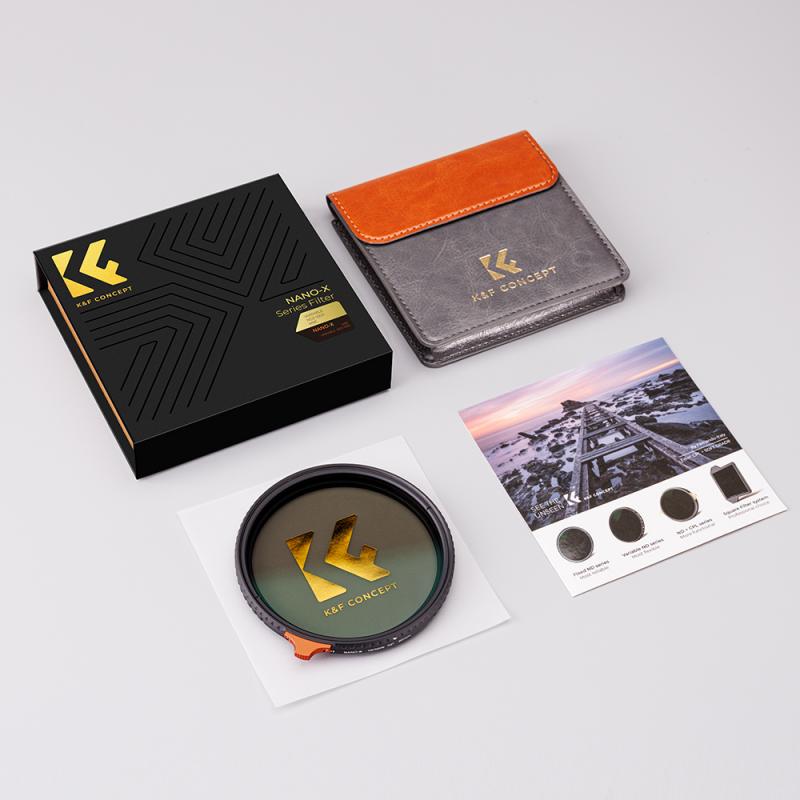





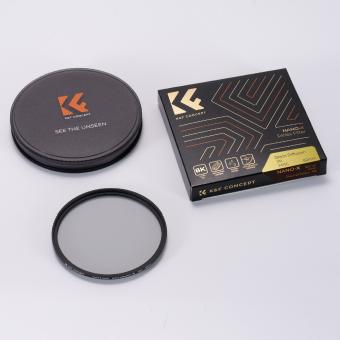


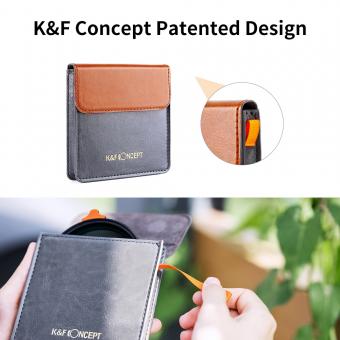




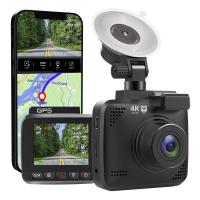

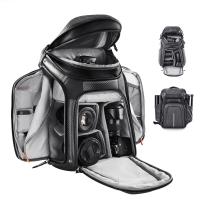




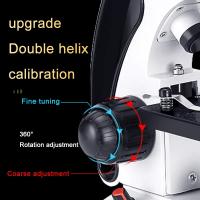
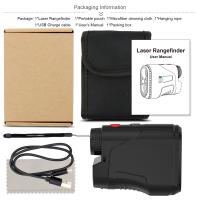

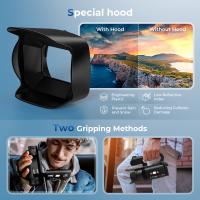
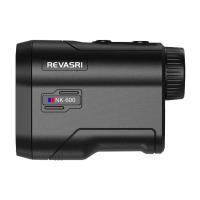
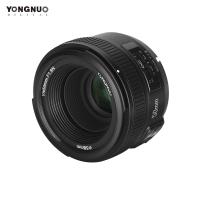
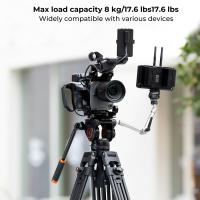

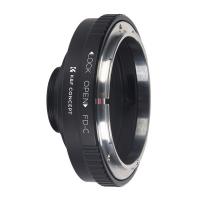
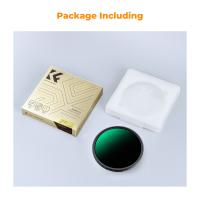
There are no comments for this blog.